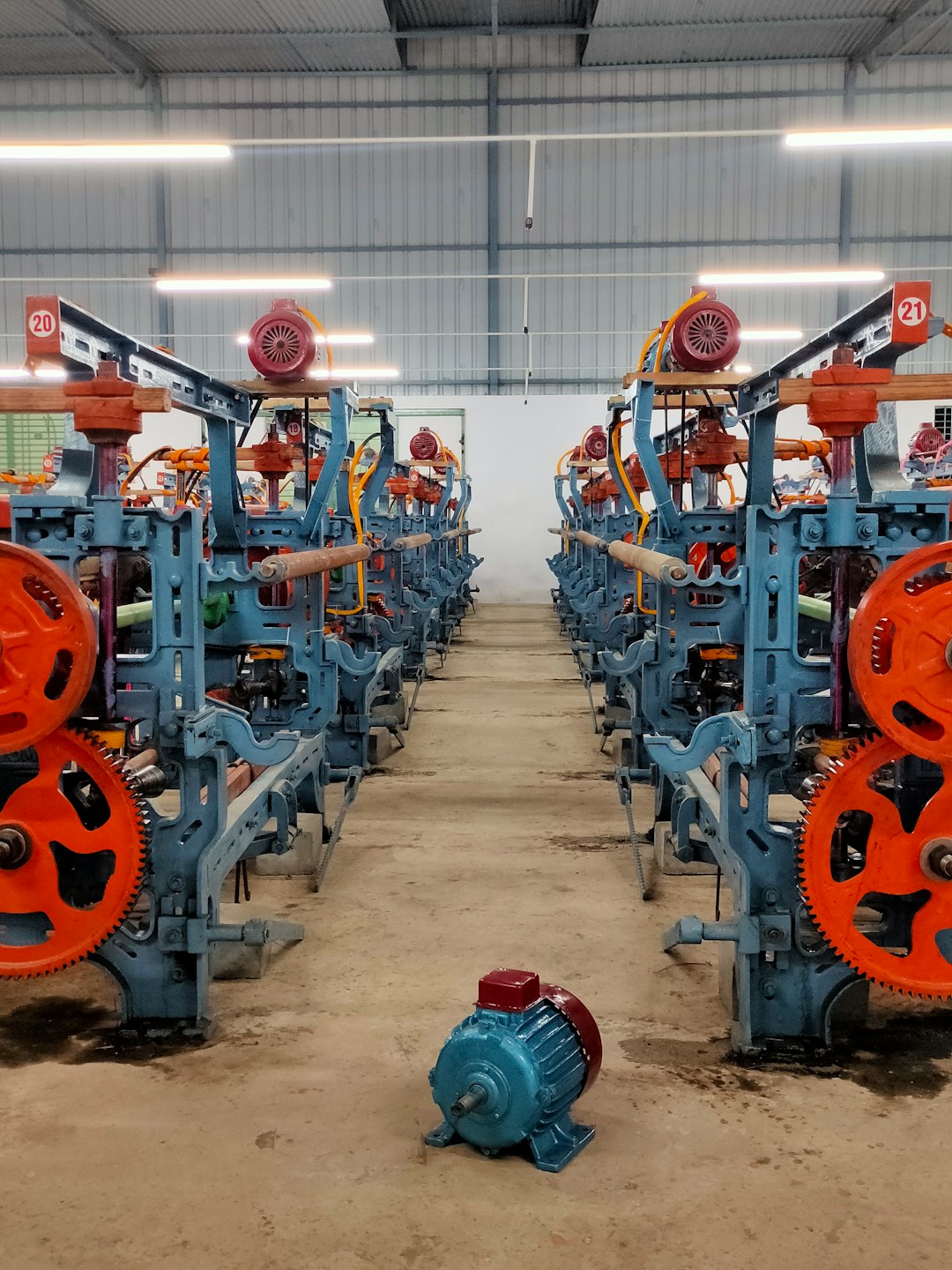In today’s highly competitive business environment, companies are constantly looking for ways to improve efficiency and reduce costs. One method that has gained popularity in recent years is lean manufacturing. Lean manufacturing is a philosophy that aims to eliminate waste and improve overall efficiency in production processes. By identifying and eliminating waste, companies can streamline their operations and improve quality, while also reducing costs and increasing profitability.
To help companies understand and implement lean manufacturing practices, this guide will provide an overview of the key principles and techniques involved in lean manufacturing.
1. Understand the Eight Wastes
One of the core principles of lean manufacturing is the identification and elimination of waste. There are eight key wastes that lean practitioners aim to eliminate:
– Overproduction
– Waiting
– Transportation
– Inventory
– Motion
– Overprocessing
– Defects
– Underutilized talent
By identifying and eliminating these wastes, companies can streamline their operations and improve efficiency.
2. Implement 5S
5S is a method for organizing the workplace to improve efficiency and productivity. The five steps of 5S are:
– Sort: Remove unnecessary items from the workplace.
– Set in order: Organize the remaining items in a logical and efficient manner.
– Shine: Keep the workplace clean and organized.
– Standardize: Establish standard procedures for organizing and maintaining the workplace.
– Sustain: Ensure that the improvements made in the workplace are maintained over time.
By implementing 5S, companies can create a more organized and efficient work environment, which can help improve productivity and reduce waste.
3. Value Stream Mapping
Value stream mapping is a tool used in lean manufacturing to identify and eliminate waste in production processes. By mapping out the flow of materials and information throughout the production process, companies can identify areas of inefficiency and waste, and develop strategies for improvement.
Value stream mapping helps companies visualize the entire production process and identify opportunities for improvement, such as reducing lead times, eliminating bottlenecks, and improving overall efficiency.
4. Just-in-Time Production
Just-in-time (JIT) production is a key principle of lean manufacturing that aims to reduce inventory levels and minimize waste. Instead of producing large quantities of goods and storing them in inventory, JIT production focuses on producing only what is needed, when it is needed.
By implementing JIT production, companies can reduce inventory holding costs, minimize waste, and improve overall efficiency. However, it is important to have robust supply chain management practices in place to ensure that materials are available when needed.
5. Kaizen
Kaizen is a Japanese term that means continuous improvement. In the context of lean manufacturing, Kaizen refers to the practice of continuously evaluating and improving processes to achieve greater efficiency and quality.
By fostering a culture of continuous improvement and encouraging employees to identify and implement small, incremental changes, companies can drive operational excellence and improve overall performance.
6. Standard Work
Standard work is another key concept in lean manufacturing that involves creating and following standardized procedures for each task in the production process. By establishing standard work procedures, companies can ensure consistency and efficiency in their operations, reduce variability, and improve quality.
Standard work also helps to identify opportunities for improvement and innovation by providing a baseline for comparison and evaluation.
7. Poka-Yoke
Poka-yoke is a Japanese term that means mistake-proofing or error-proofing. In the context of lean manufacturing, poka-yoke refers to the practice of designing processes and systems in a way that prevents errors and defects.
By implementing poka-yoke devices and procedures, companies can reduce the risk of errors and defects, improve quality, and increase efficiency. Poka-yoke techniques can range from simple visual cues to more complex sensors and automated systems.
In conclusion, lean manufacturing practices can help companies improve efficiency, reduce waste, and increase profitability. By understanding and implementing the key principles and techniques of lean manufacturing, companies can streamline their operations, improve quality, and gain a competitive edge in today’s fast-paced business environment.
By embracing lean manufacturing practices, companies can achieve operational excellence, drive continuous improvement, and deliver greater value to customers. Lean manufacturing is not just a set of tools and techniques, but a philosophy that can transform organizations and drive long-term success.

